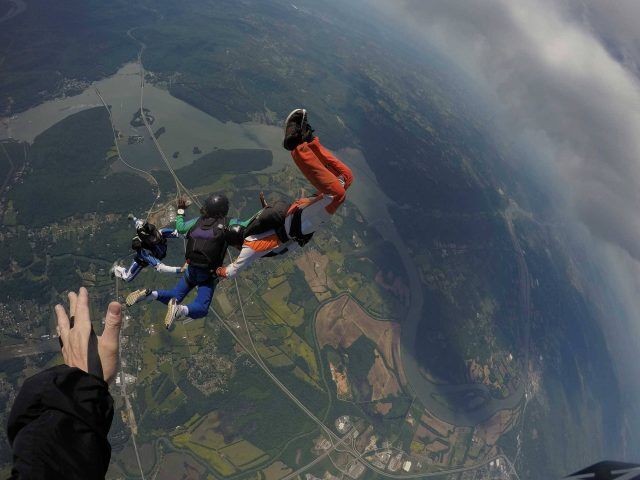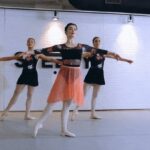Earning your skydiving license is an exhilarating achievement, unlocking a world of adventure. But how long does this journey actually take? The truth is, there’s no fixed timeline. Some achieve it in weeks, others take longer. This article explores the key factors influencing the time it takes to become a licensed skydiver.
Factors Affecting Skydiving License Timeline
Several variables contribute to the duration of your skydiving training:
Number of Jumps Required
Like any skill, skydiving requires dedicated practice. The faster you accumulate jumps, the quicker you’ll progress. Before taking to the skies, you’ll undergo 6-8 hours of ground training, covering essential safety and technique.
Each jump focuses on a new skill, preceded by training. A typical jump involves a 15-20 minute ascent, about a minute of freefall, a 5-minute parachute descent, and a post-jump debriefing. This equates to roughly an hour per jump. Considering the physical demands, 4 jumps per day is a reasonable maximum. Most licensing programs require a minimum of 18 jumps, allowing you to estimate the minimum number of days needed.
Weather Dependence
Skydiving is heavily reliant on favorable weather. Clear skies are essential, while clouds, rain, and strong winds can ground even experienced jumpers. Student skydivers face stricter weather limitations due to their lower experience level.
While grounded, you can still utilize the time effectively. Reviewing emergency procedures, practicing maneuvers mentally, or engaging in ground training with an instructor are valuable ways to progress even without jumping.
Financial Considerations
Skydiving involves significant costs. Depending on your budget, you might choose to spread out your jumps over a longer period. While completing jumps quickly helps reinforce learning, instructors provide thorough briefings before each jump, ensuring progress even with a slower pace. Ground training also continues throughout the process.
 AFF student participating in hands on training while in free fall
AFF student participating in hands on training while in free fall
Age and Physical Fitness
Age and fitness influence your learning curve. Skydiving demands physical exertion and agility to maintain stable body positions and handle equipment effectively. Those with a strong athletic background may possess greater endurance and grasp techniques faster. While less fit individuals might require more time, everyone progresses at their own pace.
Conclusion
The journey to becoming a licensed skydiver is a personal one. While factors like jump frequency, weather, finances, and physical fitness play a role, the key is to embrace the process and learn at a comfortable pace. The skydiving community is supportive, and the rewards of achieving your license are immense. Remember, it’s not about speed, but about enjoying the journey and reaching your goal safely and confidently.

